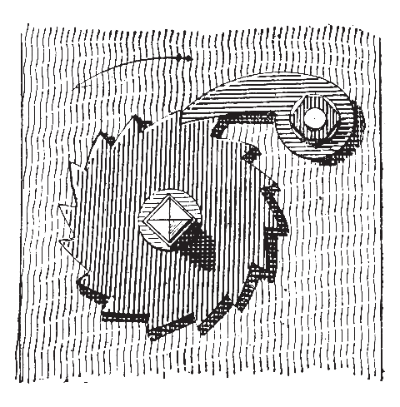What Is a Ratchet?

A ratchet is a device that allows rotation in one direction while preventing it in the opposite direction, featuring an arrangement of gears. This mechanism is integral in various tools and machines, facilitating unidirectional movement and proving invaluable in applications requiring rotational force. The term ratchet commonly refers to a ratchet wrench.
Ratchets are essential for performing repetitive or continuous tasks efficiently, such as in vehicle maintenance and construction, where they save time and labor while preventing reverse movement, thus reducing the risk of accidents.
Uses of Ratchets
Ratchets serve numerous purposes across different fields.
Tools
Ratchet tools, including socket wrenches, are indispensable for tightening and loosening bolts and nuts, streamlining tasks in vehicle maintenance and construction. They are particularly useful for adjusting wheel nuts and brakes in vehicle maintenance.
Transportation Industry
Ratchet straps are crucial for securing cargo on trailers, widely used in the transportation and logistics industry to ensure safe cargo transport by preventing movement.
Fishing Gear
Ratchet reels help control fishing lines, preventing backward movement when a large fish pulls on the line, thus aiding in successfully reeling in the catch.
Bicycles
Bicycle rear hubs feature a freewheel mechanism with a ratchet system, allowing the wheels to spin freely when moving forward without pedaling, yet engaging when pedaling to move the bike forward.
Principle of Ratchets
The ratchet mechanism, designed to allow movement in one direction and prevent it in the opposite, consists of a ratchet gear, a pawl, and a lever.
Ratchet Gear
At the heart of the ratchet mechanism, the ratchet gear is a disk with evenly distributed gears around its circumference, controlling the engagement with other parts to permit unidirectional movement.
Pawl
The pawl, interacting with the ratchet gear, determines the engagement of the gears. It slides along the ratchet wheel gears, allowing or preventing movement based on the direction of rotation.
Handle Lever
The handle or lever, connected to the mechanism, facilitates the operation of the ratchet, directing the pawl’s movement and thus controlling the ratchet wheel.
How to Select Ratchets
Considerations for selecting a ratchet include the following.
Material
The durability and reliability of a ratchet depend on its material, with high-quality ones typically made from durable steel or alloys. For applications like ocean fishing, materials with high corrosion resistance, such as aluminum or carbon, are preferred.
Feed Angle
The feed angle indicates the degree of advancement per revolution, with common feed angles being 15 degrees or 5 degrees. Smaller feed angles are ideal for tight spaces or fine adjustments, while larger angles enhance work efficiency.
Strength
Strength determines the torque or load a ratchet can handle, crucial for ensuring it meets the job’s requirements. This specification is usually provided in product descriptions.
Direction of Rotation
Ratchet mechanisms can rotate in forward or reverse, with some tools allowing direction switching. Select a ratchet that supports the correct rotation direction for your task.